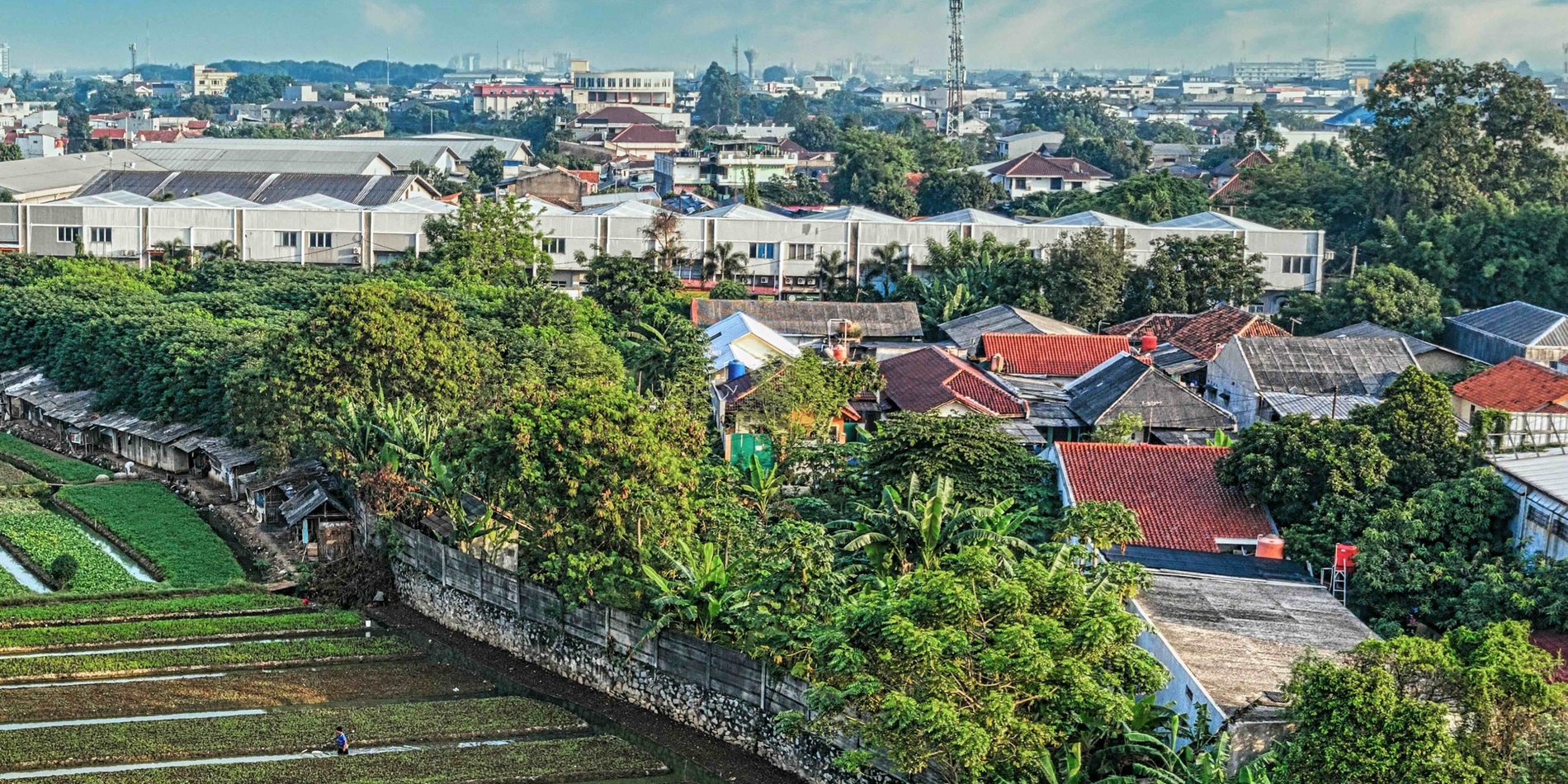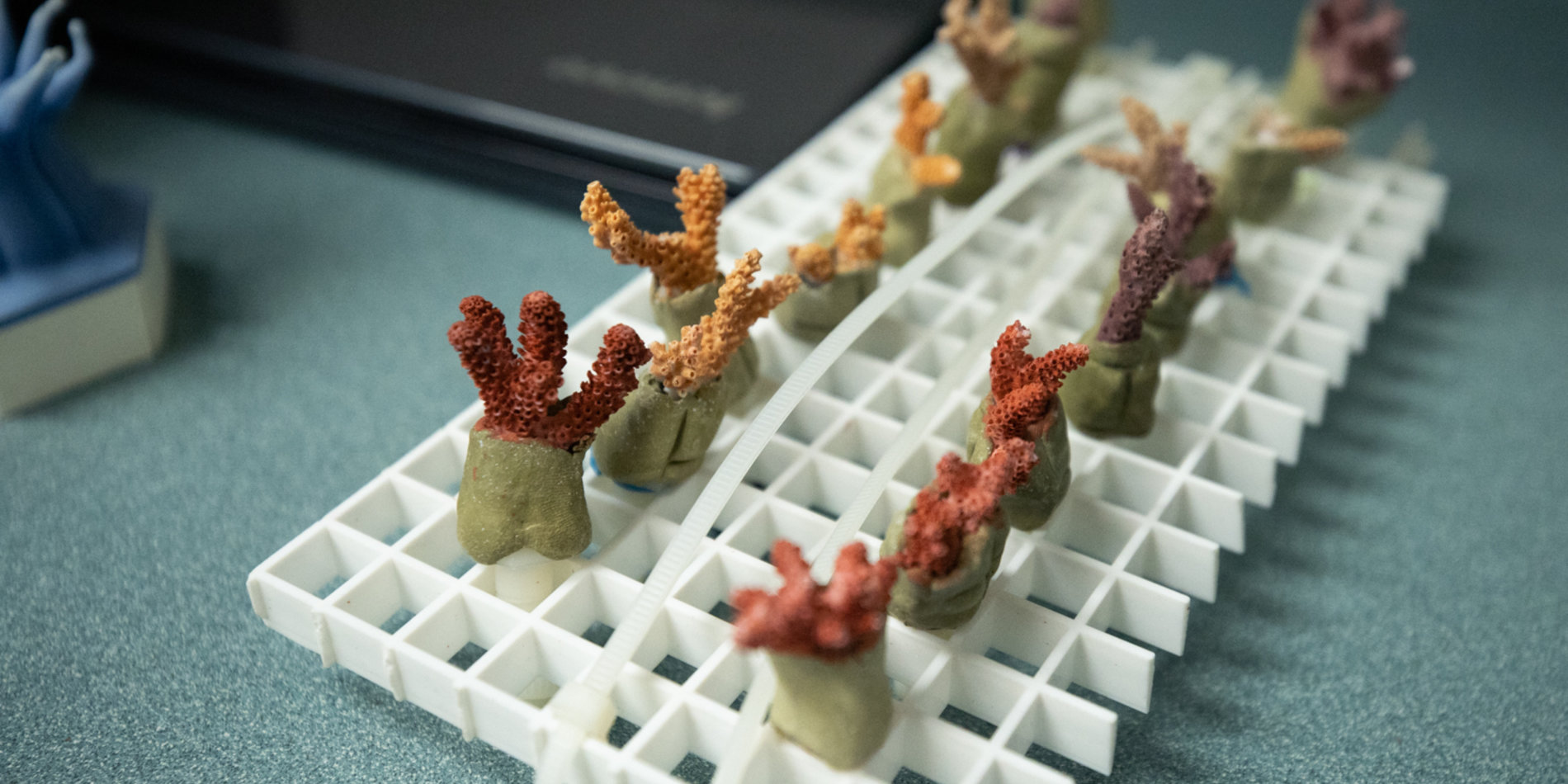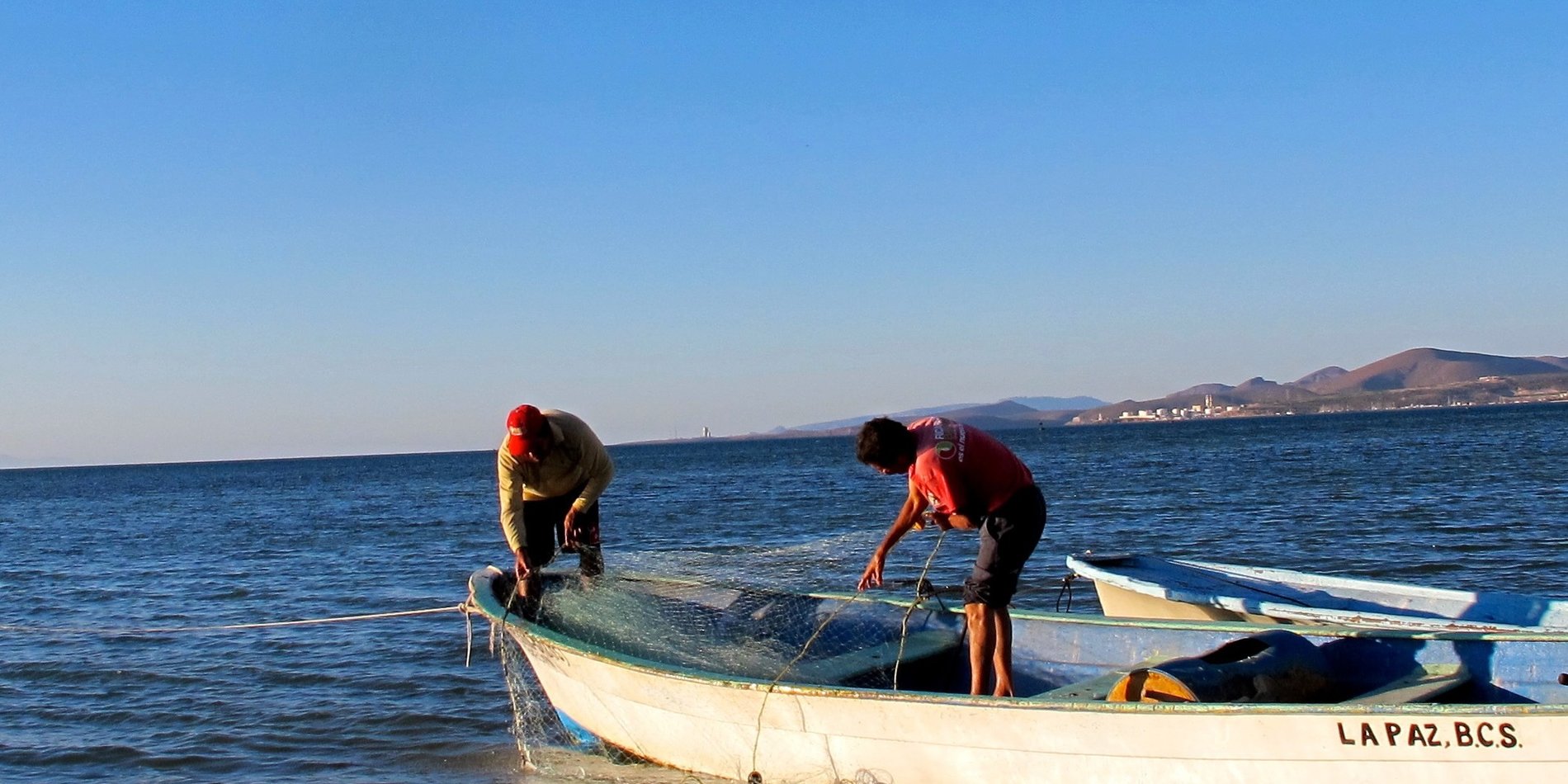New research on Palauan fisheries value chains informs marine sanctuary policy
With the beginning of the new year, the long-awaited Palau National Marine Sanctuary (PNMS) – which protects over 80 percent of Palau’s national waters – went into effect. The official designation came after five years of research and planning, including a recently published comprehensive report, created by a NCEAS(National Center for Ecological Analysis and Synthesis) working group in collaboration with the Palau International Coral Reef Center (PICRC) and the Stanford Center for Ocean Solutions.
A new paper recently published in Marine Policy documents Palau’s offshore and nearshore value chains as baseline information before the full implementation of the PNMS. The goal is to understand how implementation of a large scale marine protected area (LSMPA) might impact socio-economic systems of the country. The authors, which include academics from University of Hawai’i, Manoa, The Pacific Community (SPC) in New Caledonia, Development Pathways in the UK, PICRC, and COS, conducted on-site interviews of actors throughout the value chain (e.g., fishers, grocers, and restaurants) between August 2016 and June 2018.
Their results summarize the volume and flow of offshore and nearshore fish entering Palau’s supply chain from catch to end consumers, including tourists, residents and international consumers. While the study noted potential short-term negative impacts of the PNMS on offshore fish supply, like tuna, it also emphasized the opportunity for long term benefits to native Palauans.
The study’s principal investigator Kirsten Oleson, of CTAHR’s Department of Natural Resources and Environmental Management, noted, “While banning fishing in this vast area sounds like a complete win for conservation, the success of the PNMS and other large-scale marine protected areas will depend on the trade-offs to the ecological and human dimensions of the system.”
The hope is that this research can help identify the potential socio-economic impacts and inform future policies as it relates to the Palau National Marine Sanctuary and other large scale marine protected areas like it.
COS researcher Staci Lewis is one of the paper’s authors. “This paper provides critical baseline pre-PNMS information to better understand the current structure of Palau’s nearshore and offshore fisheries supply: who catches the fish, how it flows through the supply chain, and who eats which fish,” Lewis said. “These details can help identify inefficiencies and opportunities that may improve the economic returns of Palau’s fisheries, and support modeling of fisheries policy.”



